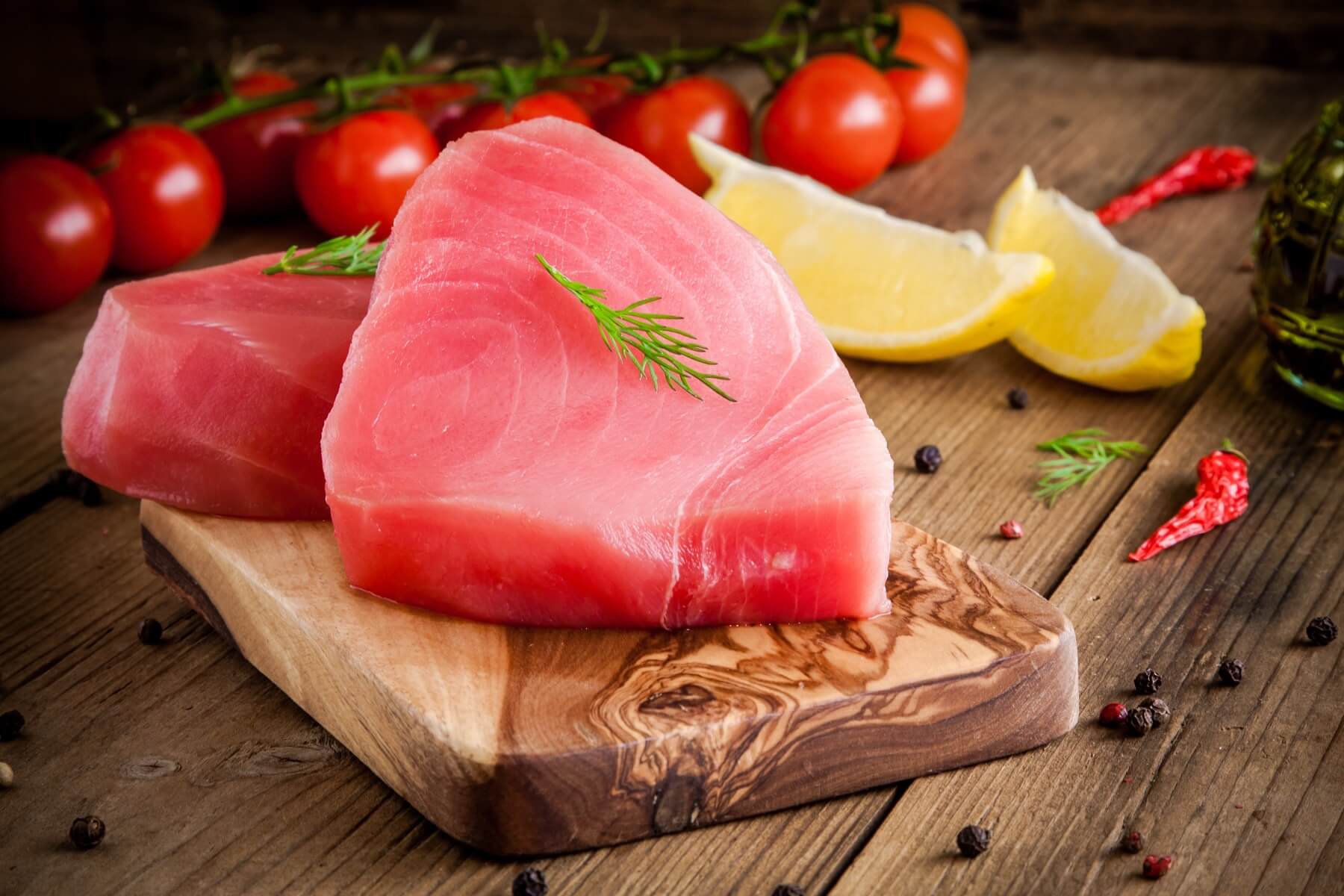

Food and wine pairing can be complex, but a lot of it is based on sensible principles; you essentially want your food to harmonise with your wine, and vice versa, with one not overwhelming the other.
Wine can be a restrictive world to enter at times. For all the florid talk of liberté and egalité that gets bandied around when wine drinkers get together, there are an astounding amount of rules - both written and unwritten - which are upheld in some circles through the medium of muttered words and downward glances.
It can be a jungle out there. Such rules range from the ridiculous system which allocates a certain type of glass for certain types of wine, the precise temperatures for serving wine, and endless sets of guidelines on storing and pouring and sniffing and swirling and god knows what else.
Such wines do little more than baffle newcomers and put everyone else off, because it’s hard to imagine they have any real meaning for those who follow them to the letter.
Saying this, there is a set of rules which does stem from logic, common sense and practicality, rather than from pretentiousness and pointless ritual.
The guidelines which exist around pairing food and wine have helped many a seeker of sensory delight achieve their goal, and a good match between food and wine can result in something wonderful, and something far more than the sum of its parts.
Likewise, a badly made pairing can render an entire meal a waste of time and money.
Food and wine pairing can be complex, but a lot of it is based on sensible principles; you essentially want your food to harmonise with your wine, and vice versa, with one not overwhelming the other.
Now, we might not know many of the subtler ‘rules’ to this gastronomic art, but it’s likely we’ve all come across this one: only white wine should be served with fish. This is a rule which has become something of a go-to device for making quick and simple matches at home and at the restaurant.
As such, it has been more or less unquestioned and unchallenged, and we say, this has been the case for far too long.
Can it really be so black and white? Can red wine go with fish?
Smashing The System
In order to break the rules, you’ve got to understand them first. So where does this idea - that only white wine is served with fish - come from? Most probably, we can blame the French for this (as we can for so much when it comes to wine snobbery).
Fine French cuisine deals with a great deal of fish, but the majority seems to involve silky fillets of white fish, gently fried in butter and infused with a bouquet of herbs.
In essence, most French fish cooking is very, very delicate. There’s nothing wrong with this - it’s delicious, but to serve a typical French red wine, even the lighter reds of Burgundy, would result in the subtle notes of the food being completely obliterated.
We thankfully don’t live in 19th century France, and France no longer dictates the world of food and wine in the way it once did. Now, in the twenty-first century, food is globalised.
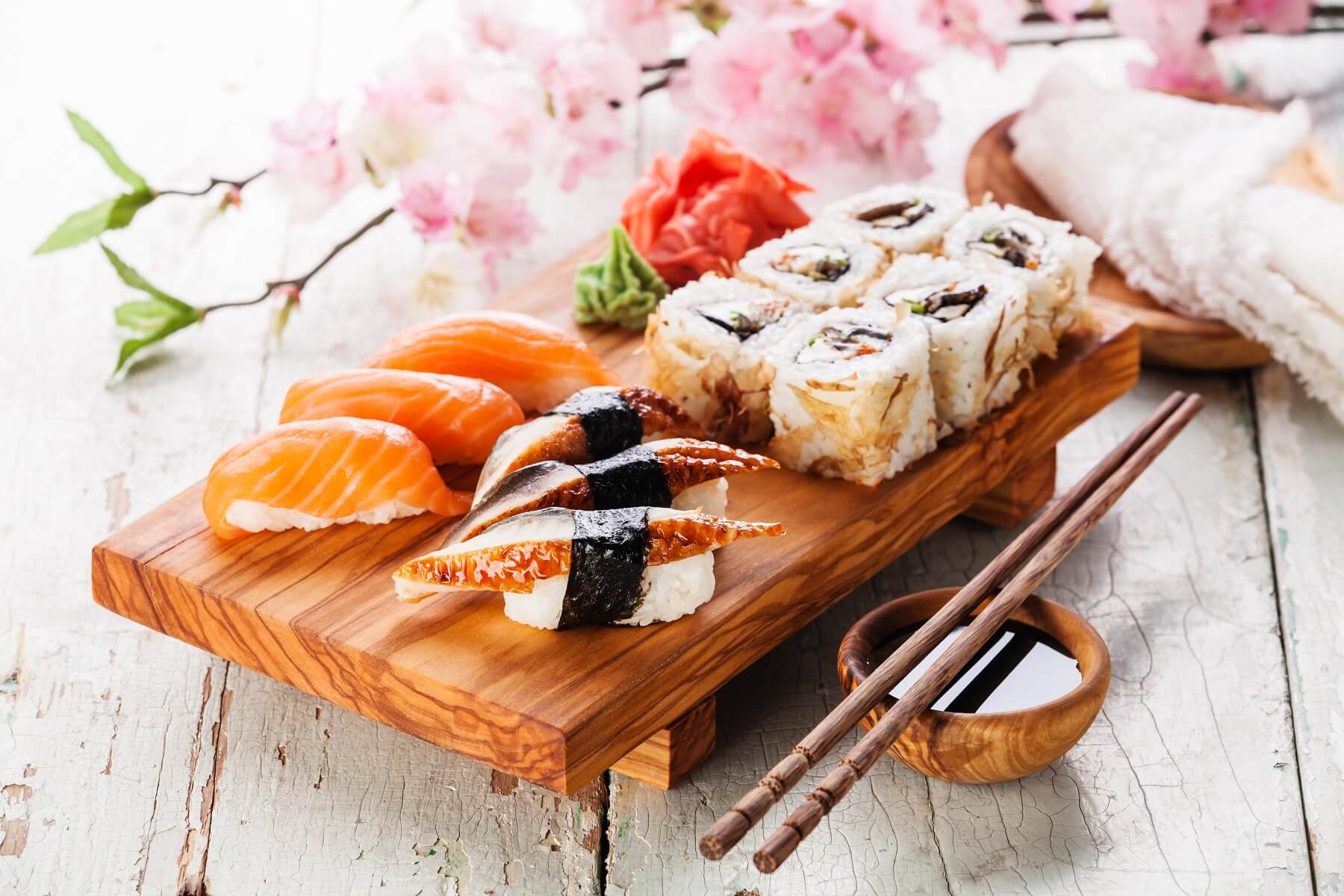
Vietnamese street food, Sushi, and Nepalese curries are held up as equals to fine European dining, and peasant dishes from Eastern Europe and artisanal burgers can be found on the same menus as monkfish and caviar.
We are savvy enough and bold enough to think outside the box, and begin deciding what new rules work for us, especially when it comes to the far wider palettes of flavours available - in wine as well as in food.
What I’m really trying to say is that there are plenty of rules we can break, and I think serving red wine with fish is an excellent place to start. All we need to think about is how to do it effectively and harmoniously.
Texture and Flavour
The first thing to consider when pairing wine with fish is the texture of the dish. Some fish are silky and soft - bass, bream, barramundi and pomfret are good examples - while others are robust, coarse-fleshed and hearty. This is significant because red wine tends to go better with more densely textured, chewable food.
Of course, the other key thing is to consider how the fish is cooked, and what the other components of the meal are. Lots of popular fish (tuna, shark, salmon, swordfish) are often cooked in much the same way you’d cook your meat. They can be seared over flames, roasted with vegetables and herbs, barbequed, stewed in spices… as a general rule, these are the fish and fish dishes that will go well with red wine.
No matter which of these types of fish you cook, it’s probably sensible to keep things light. Very few - if any - fish can pack in the sort of flavour a beef steak can manage. As such, it’s unlikely your big, bold Shiraz and Cabernet Sauvignon wines are going to find a happy home alongside your seafood. You want harmony and interesting combinations, not to bulldoze your meal with heavy tannin and spicy fruits.
Here are some of our favorite fish and red wine pairings for you to try at home, and to get you started on tearing up that rulebook!
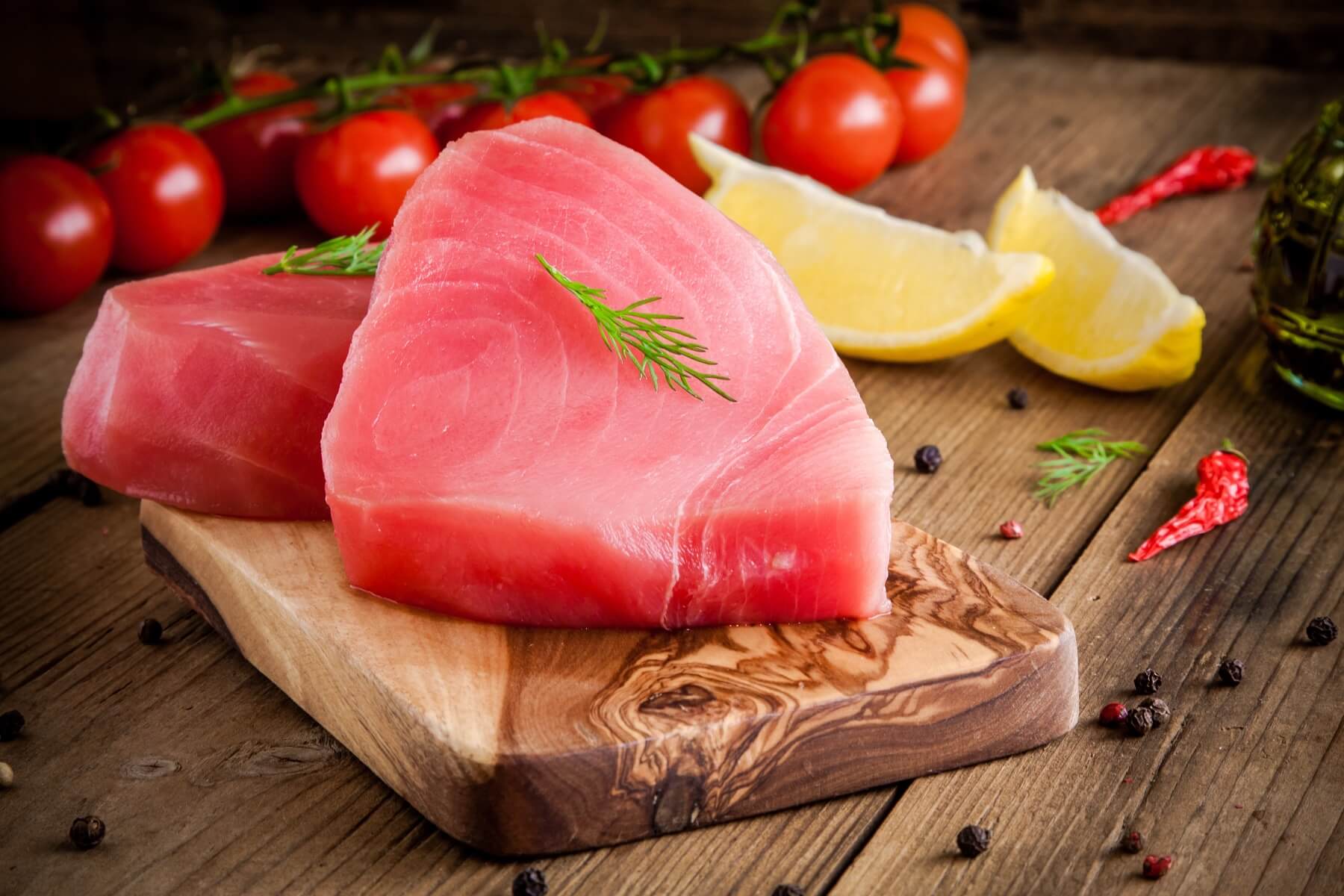
Tuna
Let’s forget about the tinned tuna for a moment, and keep it next to the cat’s bowl, where it belongs. Tuna is at its best served either raw, with that gorgeous mineral tang, or as a rare steak, full of richness and deep flavours.
Lightly fried, gently spiced tuna, blushing pink through the middle, is fantastic when served with soft, fruity New World wines like a Chilean Merlot - always an affordable choice. Barbequed and charred tuna can take on even stronger wines, such as a Barbera or a Shiraz-Viognier.
Kingfish, Swordfish and Shark
These lovely fish are the real meaty ones, those densely-fleshed denizens of the deep who hold a beautiful set of flavours, capable of taking on plenty of spice and seasoning.
In Mediterranean and Middle-Eastern cuisine, you’ll find Kingfish dusted with paprika and turmeric, and served as a steak. A white wine would be completely out its depth here, and in order to bring out that richness of flavour, I’d go for an Australian Pinot Noir, or a bright red Sangiovese wine.
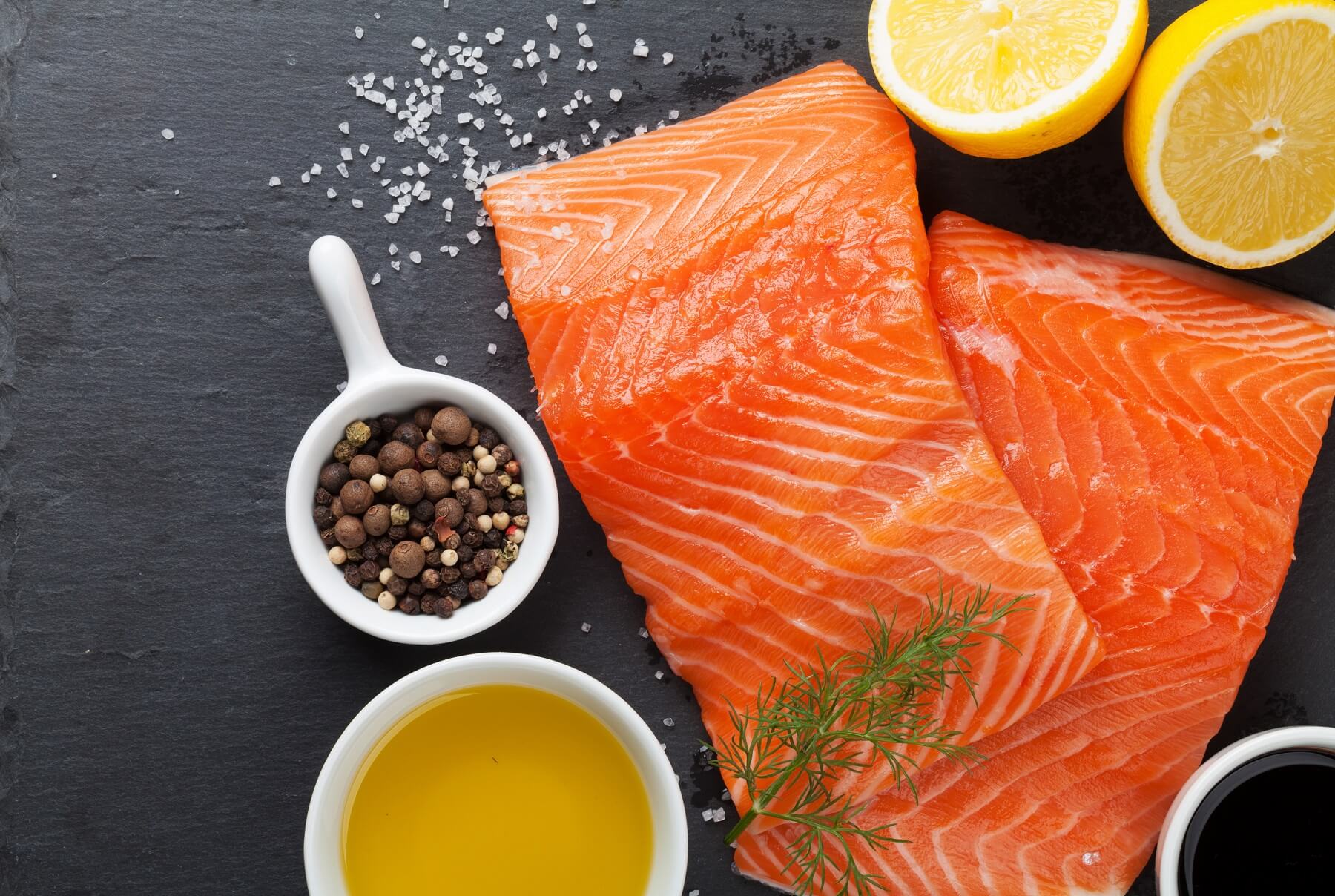
Salmon
Apparently the most eaten fish in Australia, and probably the most popular fish in the world, salmon is prized for its texture, its lovely set of flavours, and massive versatility. The wine you served with this fish would depend enormously on how it was prepared, but I like my salmon hearty and fully-flavoured; pan roasted or served in thick steaks.
Salmon needs a red wine with gentle tannins - I’d probably recommend a bright, light Beaujolais or something similar. This is actually a classic pairing in rustic French cuisine (away from those fancy Parisian restaurants). Roasted salmon also goes well with Corvina wines, such as the famous blends from Valpolicella, and smoked salmon actually pairs nicely with Pinot Noir.
Shellfish
If you’re like me, you can’t resist a bit of crustacean. Seafood paella, spicy crab, fat juicy prawns - I love them all. Most people would normally leap for a white wine to pair with any of these and more, but I like to focus on the condiments and spices and secondary flavours in these dishes, which are often crying out for a nice red wine.
Malaysian and Vietnamese crab dishes are out of this world - bursting with spice and flavour, and making the most of the more robust (and in my opinion, more delicious) brown meat of the crab.
A Sangiovese wine or Pinot Noir would go very nicely indeed with a plateful of that, and there are few white wines which could really hit the same spot. The Spanish wouldn’t hesitate to reach for a bottle of inexpensive Rioja to go with their paella, which brings together pretty much every shellfish and sea creature available, and nor should you.
On the subject of Spanish classics, prawns cooked with chorizo and red wine is a dish you wouldn’t forget in a hurry...
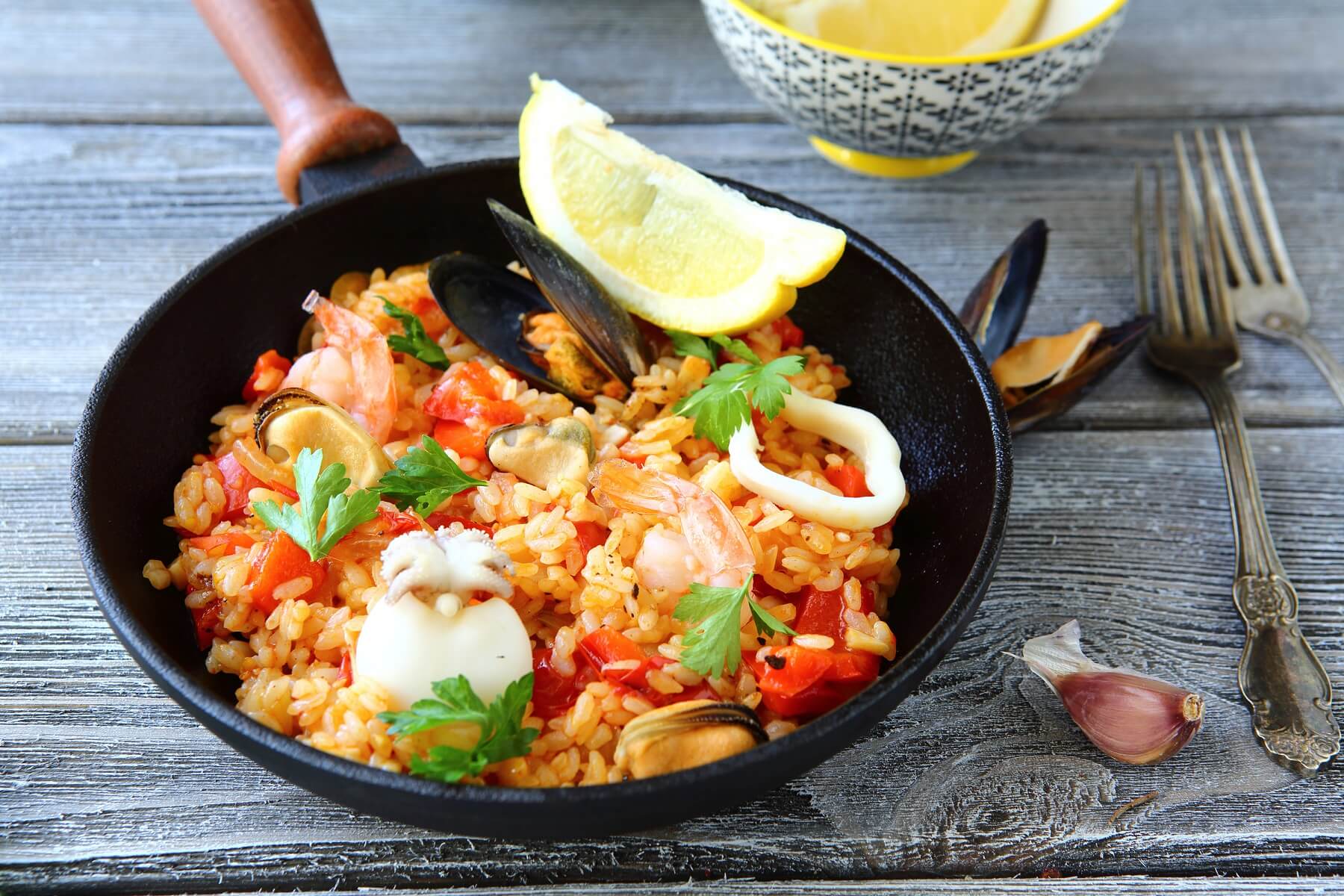
So, with all of this in mind, get experimenting, and find the pairing that works for your unique sense of taste! But before that, check out our wine palate quiz below to find out your top 3 wine types!
Next up: Take our Wine Palate Quiz and match your personal tastes to your top three wine types
Do you know your wine personality? If your answer is no, take our quiz to find out which wines to pick up next and build your box!
Build my box





